Since July, another Australian university has been developing a presence in SL – La Trobe University. As others have done, La Trobe has chosen to purchase an island and it is a quite dramatic build with a coastal plains style area at the teleport point and soaring ridges behind.
The current main lecture theatre is called The Moat and not too far away, nestled in a small valley, are the under construction “Social Areas”.
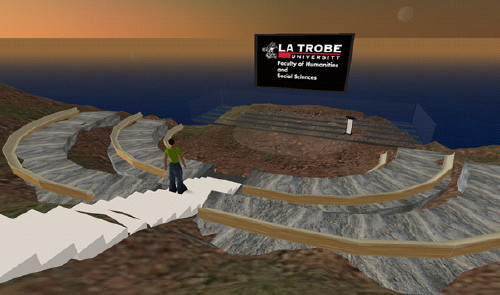
This is still a work in progress, a key and important element we have noted in a recent post on Australian universities developing presences in SL.
Of special interest is the faculty that is driving this particular SL presence – the Faculty of Humanities and Social Sciences. The diversity of faculties that underpin SL builds by Australian universities is especially heartening as it highlights, to some degree, the use of Web 2.0 technologies being explored beyond computer science courses.
The person to contact in-world is Flossy McMahon, (Dr Kay Souter), Associate Dean (Learning and Teaching) of the Faculty of Humanities and Social Sciences. Doubtless we will see some interesting teaching and learning developments.

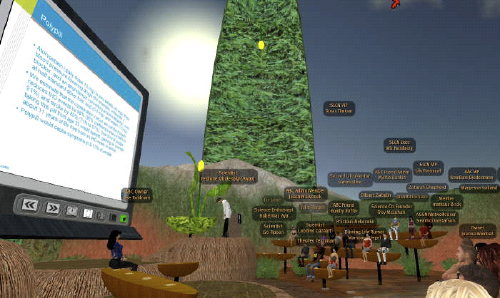
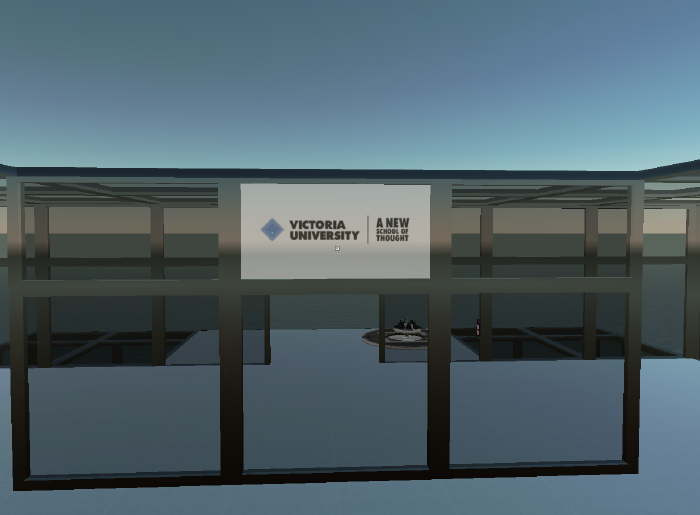
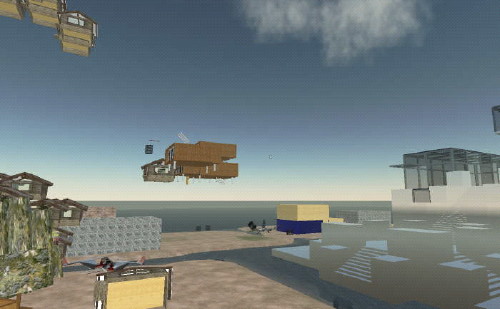
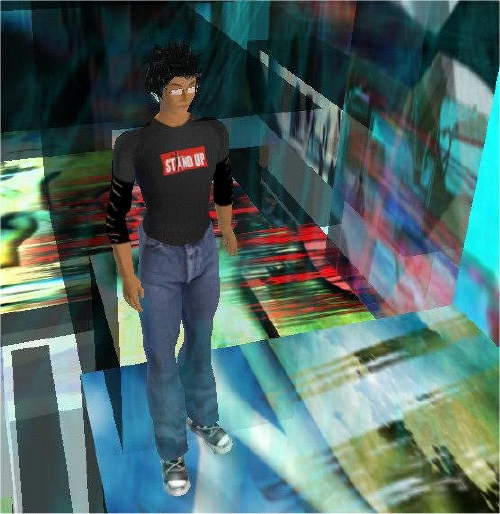
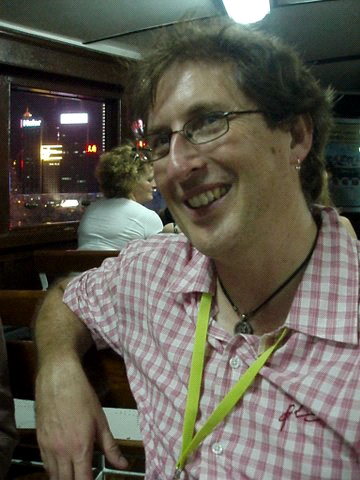
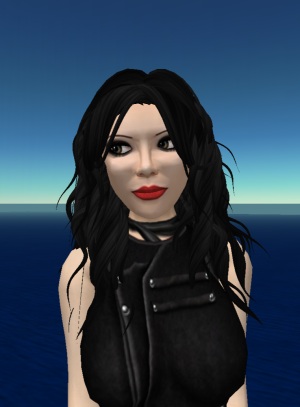
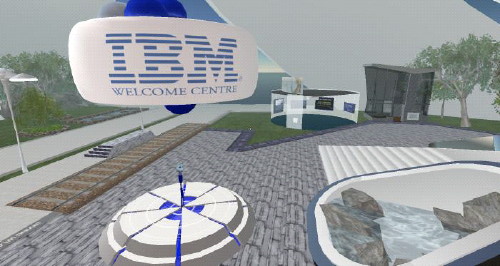
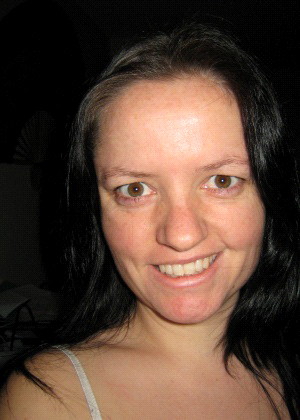
Recent Comments